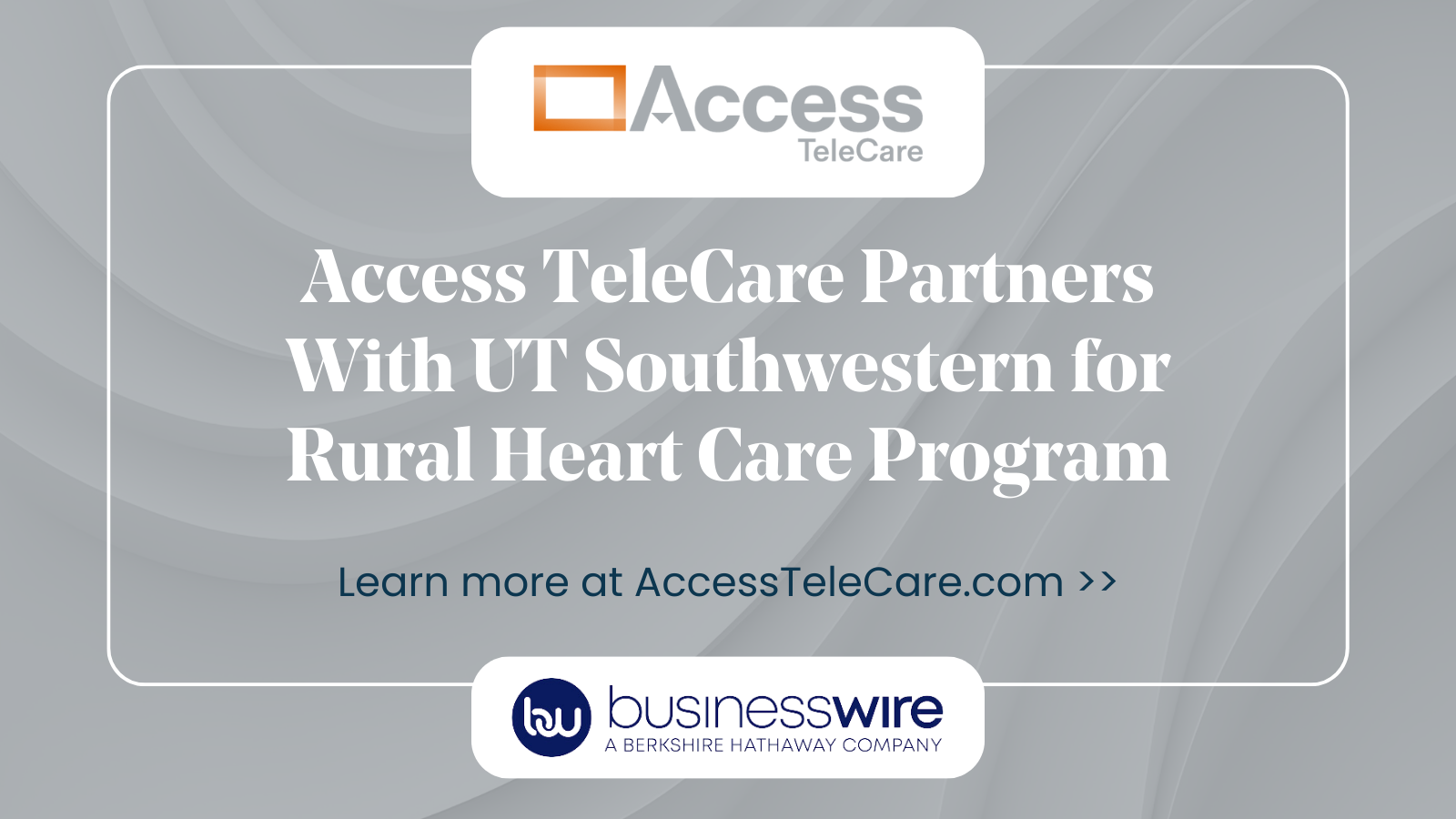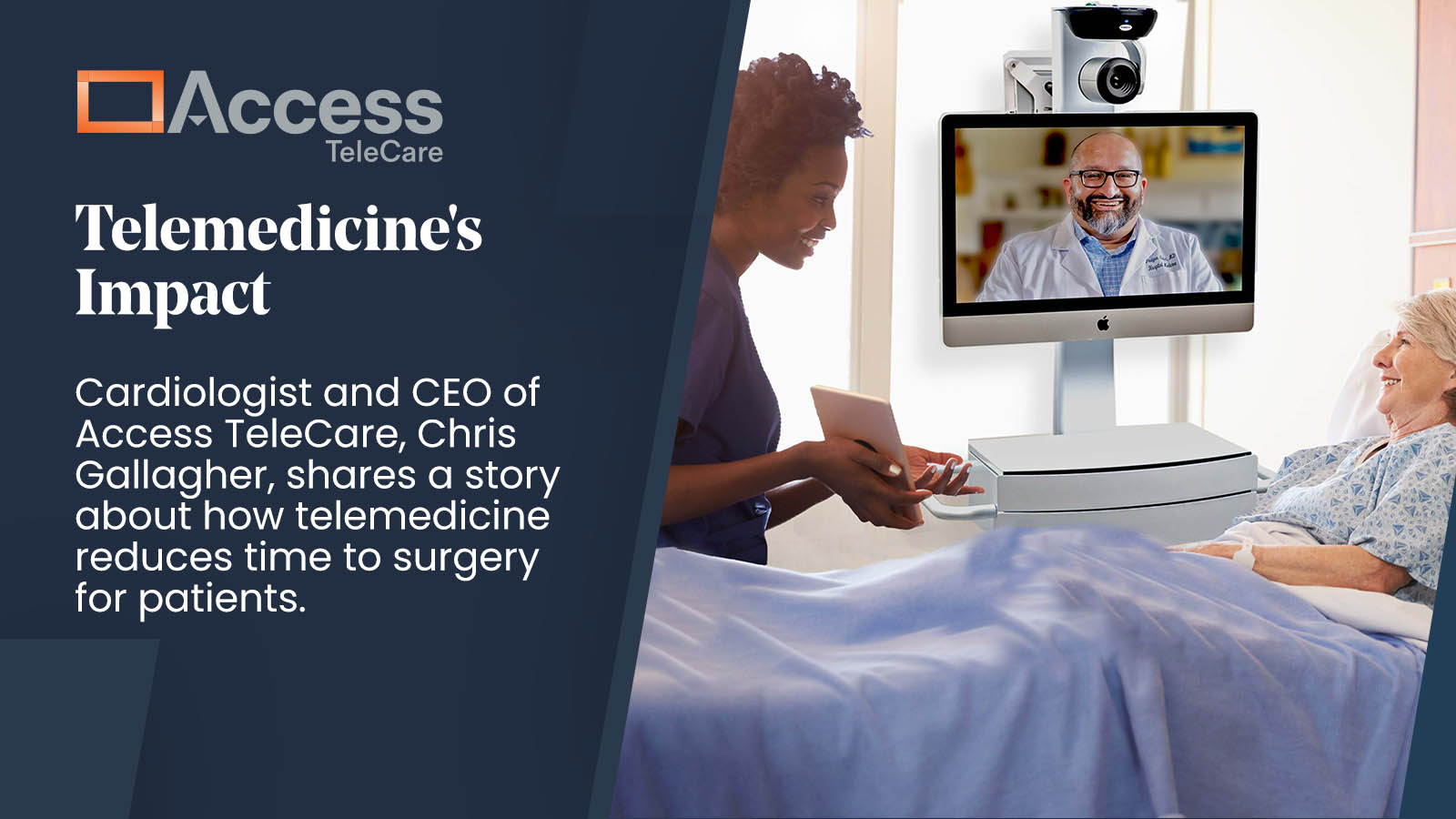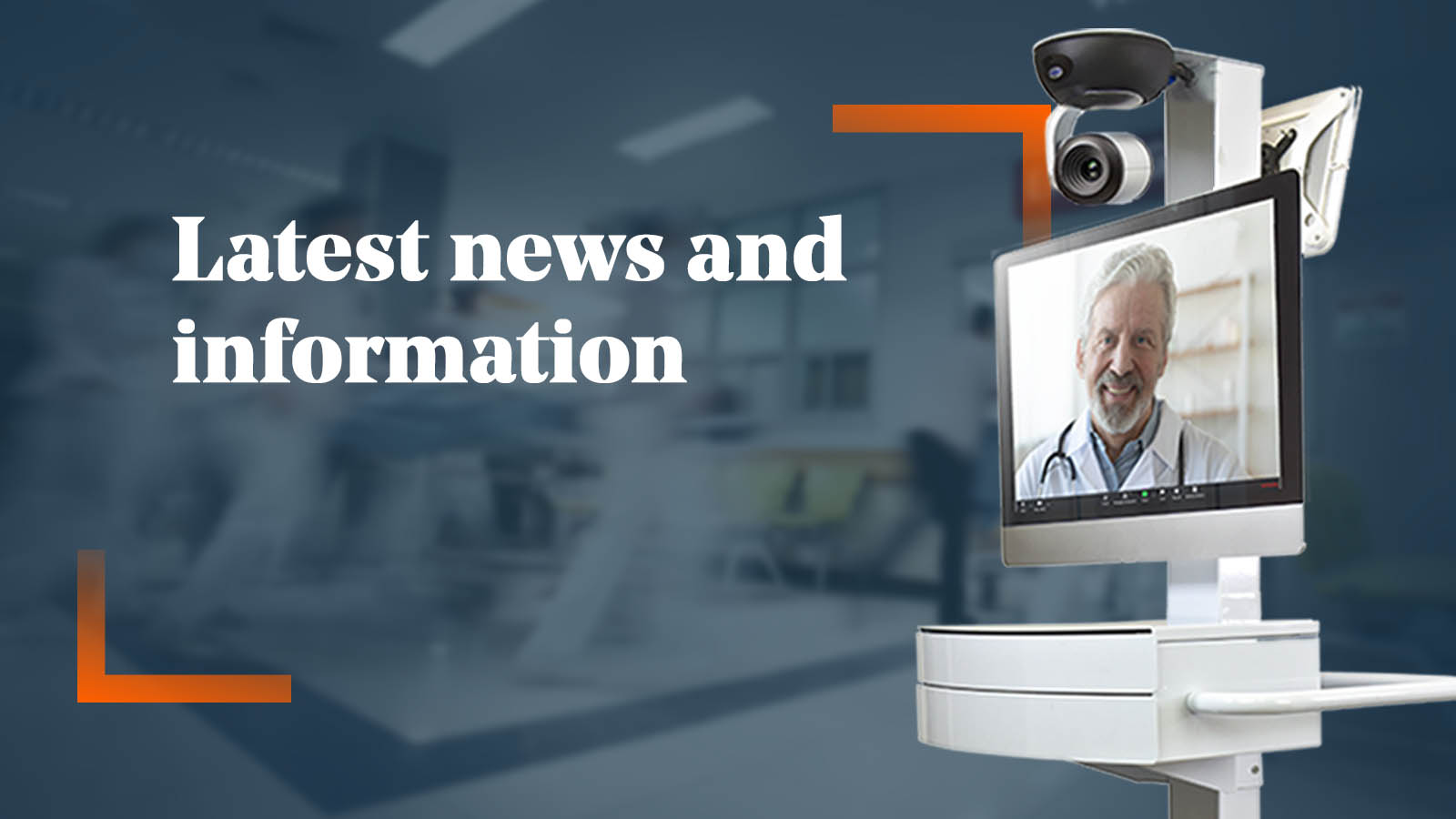Cardiovascular disease is the leading cause of death in the U.S., killing about 659,000 people annually. Improvements in medical therapy and advances in disease identification and prevention helped reduce the rate of death from cardiovascular disease from the 1990s until the early 2010s.
Unfortunately, death rates since have plateaued and today are even increasing. There is more work to be done to prevent and treat heart disease, and teleCardiology has a critical role to play.
For patients with the highest risk cardiovascular disease, those experiencing a STEMI, or severe heart attack, the gold standard is a regional system of care where certain hospitals are designated as receiving hospitals that provide primary percutaneous coronary intervention within a certain timeframe. EMS may take suspected STEMI patients directly to these hospitals, and smaller hospitals transfer patients from their EDs to these receiving hospitals. The intention is that these patients will receive a higher level of care at these designated hospitals than they would receive at their local hospital.
Improving non-STEMI Diagnoses Outcomes
But, for diagnoses other than STEMI, transfer does not necessarily translate to a higher level of care or better outcomes. There are many other cardiovascular diagnoses, such as arrhythmia, heart failure, and one of the most common presenting to the emergency room, chest pain, where outcomes are not necessarily better for patients transferred away from their community facility.
The data show that between 32% and 89% of patients with non-STEMI diagnoses do not receive any associated specialty procedure at the hospital to which they were transferred. They receive the same care at the receiving hospital as they were already receiving at the original hospital. In addition, across diagnoses, inter-hospital transfer is associated with higher costs, longer length of stay, and lower odds of discharge home than for similar patients who were not transferred.
A Better Way: Telemedicine Brings the Cardiologists to the Patient
Many cardiology patients could and should remain at their local community hospital. Rather than transfer a cardiac patient to another hospital, a better way to deliver care for patients with cardiovascular needs (other than acute myocardial infarction) is to bring specialists to the community through telemedicine.
Keeping more patients locally is especially critical in the COVID-19 era. Transfer delays in many regions have become untenable. In some areas of the country, patients are waiting four or five days for transfer to larger hospitals in urban centers. The longer the patient waits for transfer, the worse their outcomes, including elevated risk of death.
This is the crux of teleCardiology: bringing specialists to smaller hospitals so patients can stay locally for care.
Access TeleCare Can Help
The Access TeleCare model builds telecardiology programs individualized to each hospital with which we work. We don’t simply deploy a team of 30 cardiologists to stand by on an app. Instead, a health system will have a dedicated group of three or four cardiologists available at a time, like a small community practice group. Clinicians working in the local hospitals get to know these cardiologists. They become a part of the healthcare system as if they were there in person. And that is the driving ethos, to be as close to in-person as possible.
The outcomes we have seen from our telecardiology programs are:
- Reduced mortality: a 17% relative risk and a 1.6% absolute risk reduction in mortality
- Increased case mix index of up to 20%
- Increased local ICU census of up to 3x
- Shorter lengths of stay
One hospital we worked with saw an almost immediate impact from its teleCardiology program, retaining 100 patients in the first year alone and reducing wait times for pre-surgical cardiac evaluations.
A one-size-fits-all cardiac transfer program doesn’t deliver the best outcomes for patients. Patients with many types of cardiovascular diagnoses can be better cared for in their local hospital if a cardiologist is available. With telecardiology, hospitals can have on-demand cardiologists for consultation, diagnosis, and treatment for patients with a myriad of cardiovascular diagnoses.
Please contact us to see how we can help your hospital build a teleCardiology program.
Dr. Punag Divanji is the chief of cardiology for Access TeleCare. Dr. Divanji received his medical degree from the University of Texas Southwestern Medical Center in Dallas, where he also completed his internal medicine residency and was Chief Resident. He completed fellowships in general cardiology and interventional cardiology at the University of California at San Francisco. Dr. Divanji is also an assistant professor in interventional cardiology at the Oregon Health & Science University in Portland, Oregon.







